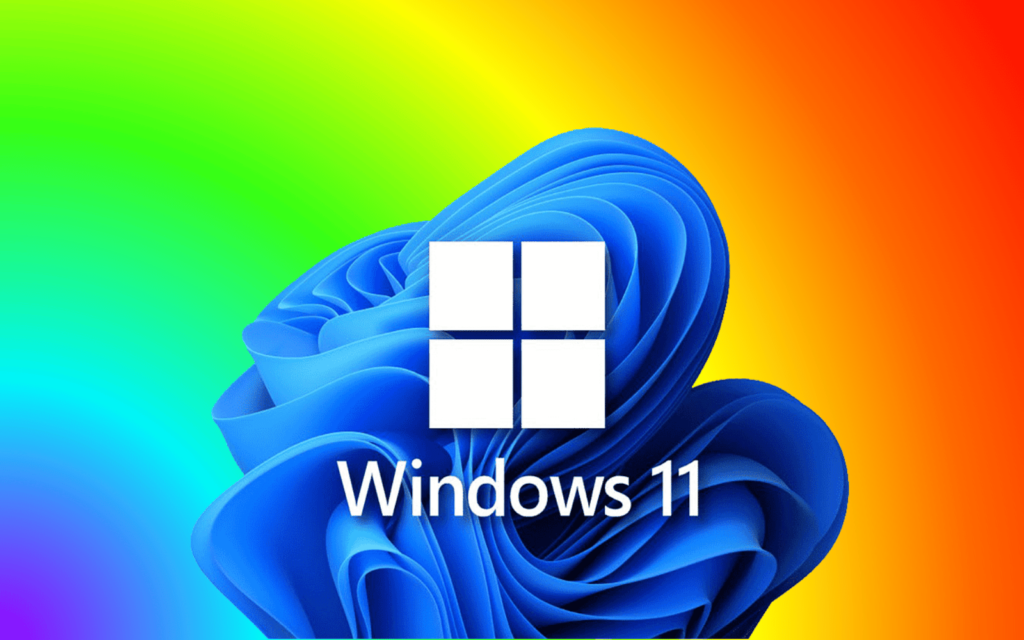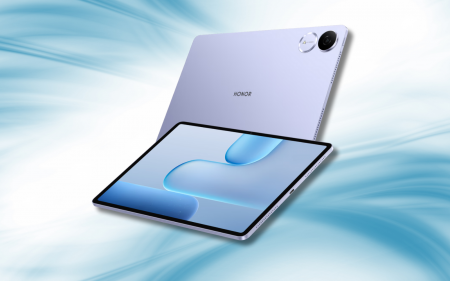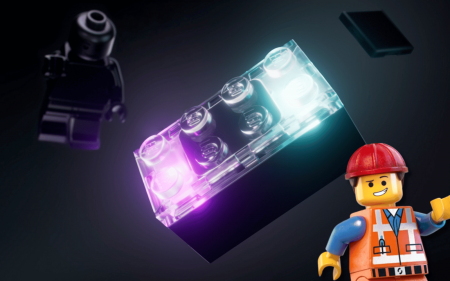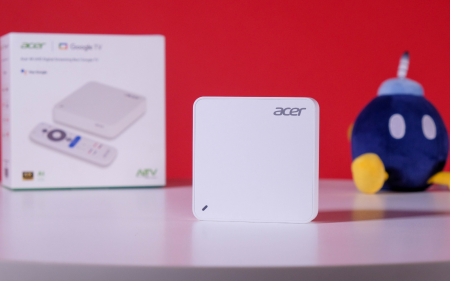In the not-so-distant future, Windows 11 could provide gamers and streamers with native support for RGB peripherals and accessories. If that’s true, it’ll mean most users won’t need to install the often clunky, resource-hogging programs made by peripheral manufacturers.
Talk of native Windows RGB support has been around for years. Could this be the version of Windows that actually does it?
Windows 11, now with unicorn vomit
New settings for device lighting make an appearance in build 25295. Is this the beginning of the end for low quality RGB gamer gear apps? 🎮 The spec for this is from 2018 and references to the feature have been around for years. Not cancelled after all 🥳https://t.co/oG4JbKsoeB pic.twitter.com/bMtxCH8REo
— Albacore (@thebookisclosed) February 10, 2023
Self-proclaimed software historian Albacore first spotted new mentions of device lighting settings in the latest Windows 11 Insider preview build 25295. In this build, these reside under the personalisation tab.
Enabling the setting will provide users with a list of RGB-supported devices. Selecting a device in that list will give users control over the device’s lighting brightness, a choice of four basic effects (solid, blinking, rainbow, or reverse rainbow), or the option to match the lighting with Windows accent colour.
If this feature makes it out of the Insider build and into the mainstream build of Windows 11, it will mean most folks won’t have to worry about installing the numerous third-party apps that these devices ship with.
With the exception of die-hard brand-loyal fans, most gamers don’t tend to get all their peripherals from the same company. They might have a Razer keyboard, an Asus mouse, case fans from Corsair, and a motherboard from MSI. For most people, that means installing and setting up four different programs that control each piece of kit individually. That also means four different programs running in the background, using up system resources.
RGB for the masses
We say ‘most people’ because many of those apps do allow integration with devices from other brands. There are even brand-agnostic programs like OpenRGB or SignalRGB that offer support for most devices from popular companies and a broader range of customisation options.
But most folks don’t want to spend the time setting everything up and troubleshooting when something inevitably goes wrong. The quick and easy solution this Windows integration appears to provide will be enough for all but the most dedicated RGB enjoyer.
But it should be noted that Microsoft hasn’t officially announced Windows 11 RGB integration yet. And we don’t think it’ll make a big deal of it when it does. If RGB integration shows up, it’ll likely be bundled with a few other features, changes, and fixes as part of the usual annual Windows 11 update. Whether that’s this year or next remains to be seen.
Source: The Verge




